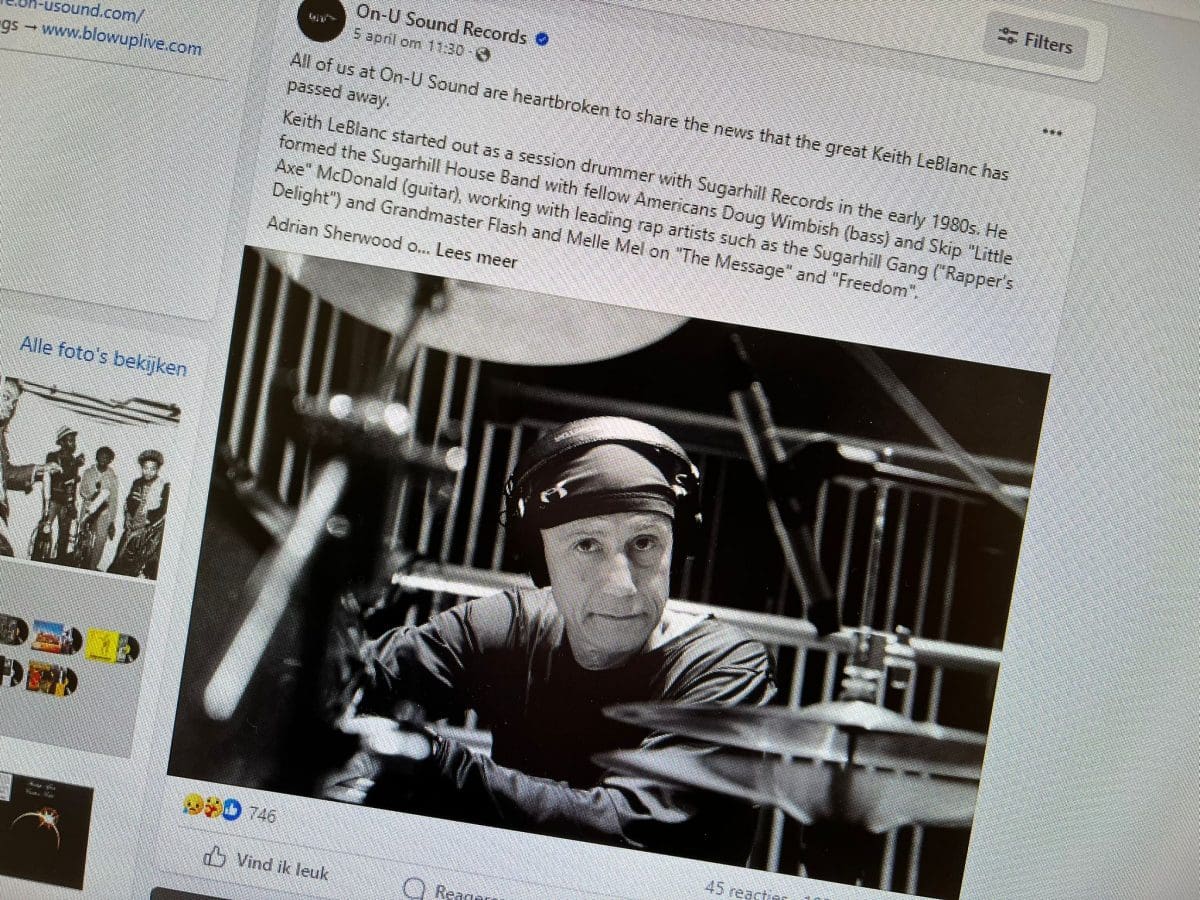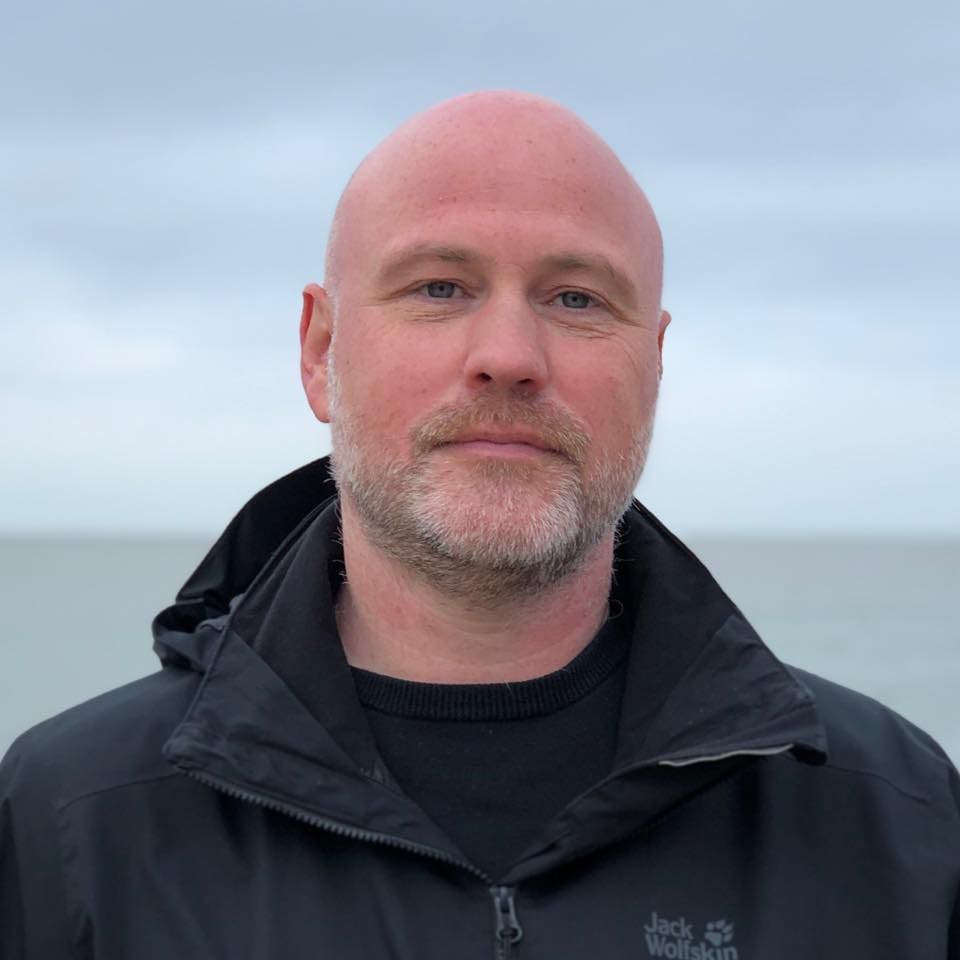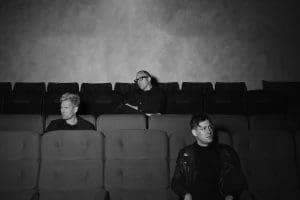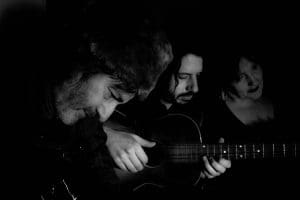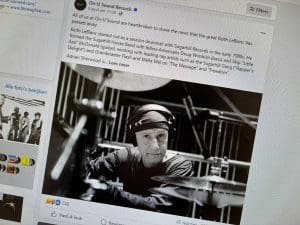Depeche Mode and the railway arch
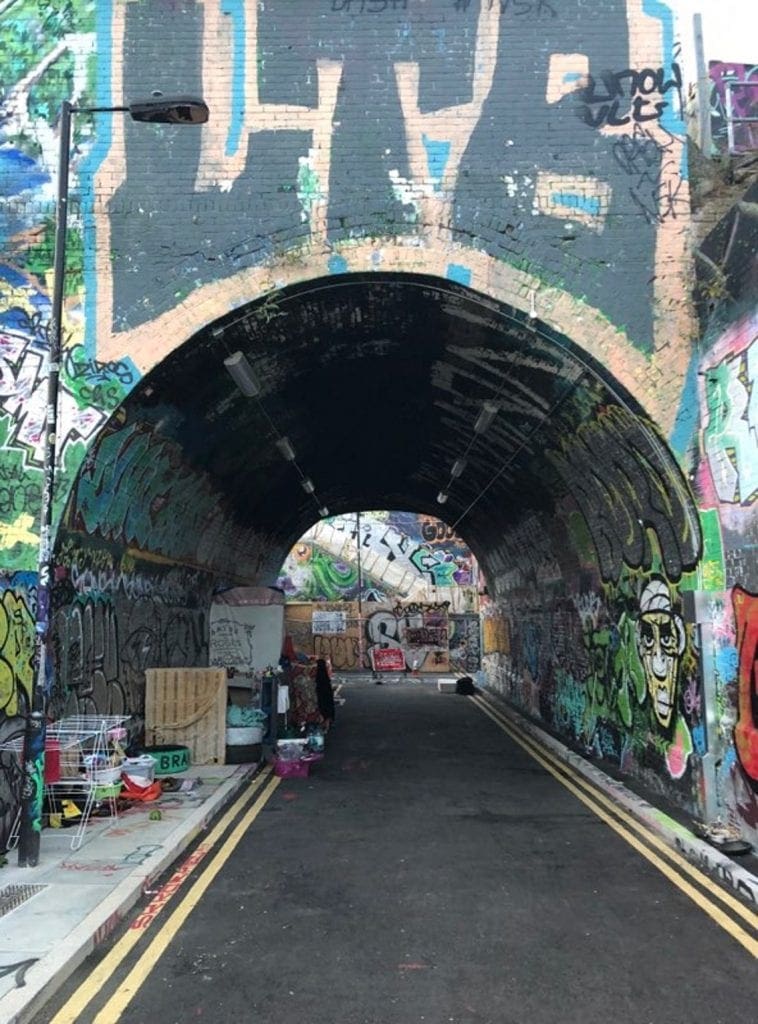

(By our UK correspondent Simon Helm) When Depeche Mode recorded Construction Time Again, they left the studio in order to find sounds for sampling. Armed with producer Gareth Jones’ Sony Professional Walkman, they roamed through East London construction sites in search of metal to strike.
In the recent documentary, Hansa Studios: By the Wall 1976-90, Jones returns to the location the band used for a lot of their field recordings. In an archway leading from a dead-end street to a set of stairs, covered in graffiti, he rattles metal panels and explains the simple methods used to generate the sounds brought back to nearby Garden Studios.
Daniel Miller’s Synclavier, which had been brought into the studio, had sampling capabilities, as did the band’s E-MU Emulator I. The band had the tools to play with found sounds, and they took inspiration from an Einsteurzende Neubauten concert to combine industrial noise with pop. This approach also added some grit to their sound: as Martin Gore explains in the Hansa Studios documentary, their field trips sometimes attracted the attention of workers or watchmen, one of whose “Oi!” cries became part of their set.
The Pedley Street Arch, as the location is known, currently sits under the London Overground railway in the E1 post code. It sometimes appears on maps as Fleet Street Hill, part of the Bethnal Green district. In the past, it was slum area, and it still has not been properly gentrified, despite the hipsters partying on a nearby allotment.
Because it is relatively unused and has an oppressive feel, the location has been used in many TV shows and films, including Luther and Lock, Stock and Two Smoking Barrels. Thanks to Jones, we now know that Depeche Mode got there first, kicking at corrugated steel and worrying watchmen to make “Pipeline.”
Since you’re here …
… we have a small favour to ask. More people are reading Side-Line Magazine than ever but advertising revenues across the media are falling fast. Unlike many news organisations, we haven’t put up a paywall – we want to keep our journalism as open as we can - and we refuse to add annoying advertising. So you can see why we need to ask for your help.
Side-Line’s independent journalism takes a lot of time, money and hard work to produce. But we do it because we want to push the artists we like and who are equally fighting to survive.
If everyone who reads our reporting, who likes it, helps fund it, our future would be much more secure. For as little as 5 US$, you can support Side-Line Magazine – and it only takes a minute. Thank you.
The donations are safely powered by Paypal.

